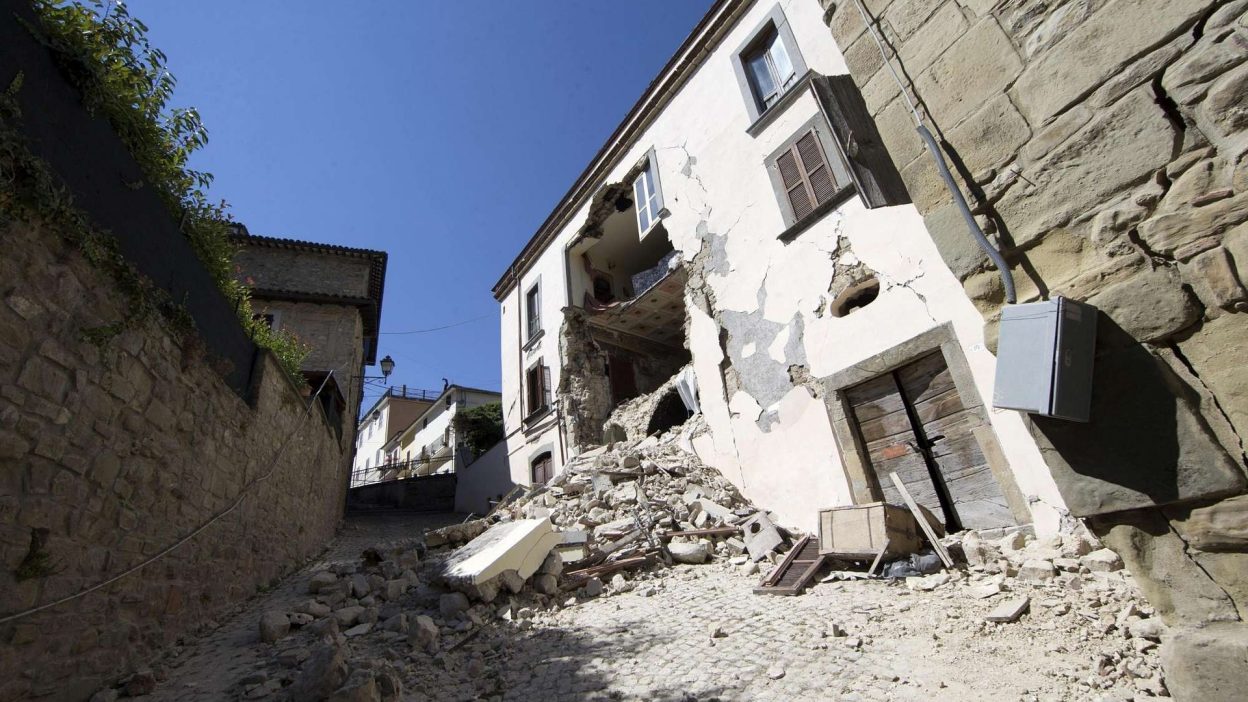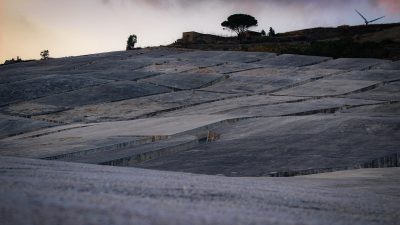Uncovering The Untold Devastation And Its Lasting Impact On The Nation
The Iran 1978 Tabas Earthquake was one of the most devastating seismic events in the nation’s history. With a magnitude of 7.4, it struck on 16th September 1978, levelling entire communities in a matter of moments. The historic city of Tabas, located in northeastern Iran, suffered the worst impact, with homes, buildings, and infrastructure completely wiped out.
This catastrophe not only led to thousands of deaths but also exposed serious weaknesses in Iran’s disaster preparedness. The response was slow, and many survivors were left stranded without immediate aid. Over time, this earthquake became a turning point, influencing urban planning, seismic research, and emergency response strategies across the country.
The Hidden Truth Behind the Iran 1978 Tabas Earthquake
The real extent of the Tabas Earthquake is often underestimated. While the magnitude itself was significant, the destruction was worsened by the poor construction quality and lack of earthquake-resistant buildings. Many traditional homes collapsed instantly, trapping thousands beneath the rubble.
Another key issue was the government’s response. Emergency services were overwhelmed, and aid took longer than expected to reach those in need. International media coverage was also limited, meaning the global community did not react swiftly to assist the affected regions.
The True Cost of the Iran 1978 Tabas Earthquake
- Massive Infrastructure Damage
- Roads, bridges, schools, and medical facilities were severely impacted. The destruction of essential infrastructure made rescue and recovery operations far more difficult.
- Catastrophic Human Loss
- The earthquake claimed over 15,000 lives, with countless others injured and displaced. Many communities were completely erased, leaving survivors with nothing but ruins.
- A Government Struggling to Cope
- The Iranian authorities were criticised for their delayed response. Poor coordination and lack of emergency plans made the situation worse, prolonging the suffering of the survivors.
The Lasting Consequences of the Iran 1978 Tabas Earthquake
The Tabas Earthquake was more than just a natural disaster; it shattered thousands of lives and left a lasting scar on Iran’s social and economic landscape. Entire families were torn apart, and many survivors struggled to rebuild their lives.
Years after the quake, people in affected regions still faced difficulties due to incomplete recovery efforts. Limited access to healthcare, clean water, and employment meant that for many, the nightmare did not end with the tremors.
Why the Iran 1978 Tabas Earthquake Was So Devastating
Several factors contributed to the unprecedented destruction caused by this earthquake. Firstly, the region’s geological composition allowed seismic waves to travel with greater intensity, making the shaking far more severe.
Secondly, Iran’s lack of earthquake-resistant construction standards worsened the disaster. Many buildings collapsed instantly, leaving little to no time for people to escape. Had proper safety measures been in place, the scale of destruction could have been reduced significantly.
How the Iran 1978 Tabas Earthquake Changed Disaster Response
The earthquake exposed major flaws in disaster management and emergency response. Rescue operations were delayed, and many survivors were left without basic necessities such as food, water, and shelter.
However, in the long run, the lessons learned from Tabas led to improvements in Iran’s approach to disaster preparedness. Seismic regulations were tightened, and urban planning policies were revised to better withstand future earthquakes.
Could This Tragedy Have Been Avoided? Key Insights
While earthquakes are unavoidable, better planning and preparation could have lessened the destruction. Key measures that might have helped include:
- Advanced seismic monitoring – Early warnings could have provided crucial seconds for evacuation.
- Stricter building regulations – Earthquake-resistant structures would have reduced casualties and damage.
- Improved emergency response – Faster, more organised relief efforts could have saved more lives.
Despite these possibilities, the lack of awareness and preparedness at the time meant that Iran was caught off guard, leading to one of its worst natural disasters.
The Vulnerabilities Exposed by the Iran 1978 Tabas Earthquake
The disaster highlighted several critical weaknesses in both Iran’s infrastructure and its ability to respond to emergencies. Many buildings collapsed within seconds, leaving little chance for survival. Rural communities suffered the most, as their homes were constructed with fragile materials.
Another major issue was the lack of an efficient emergency plan. Due to poor coordination, aid arrived too late, and many victims perished while waiting for help. This disaster served as a harsh reminder of how unprepared Iran was for such a catastrophe.
What the Media Didn’t Reveal About the Iran 1978 Tabas Earthquake
Despite the magnitude of the disaster, the Tabas Earthquake did not receive as much media attention as other major quakes of that era. Several reasons contributed to this:
- The political climate in Iran at the time overshadowed disaster coverage.
- International aid was slower to arrive, as many nations were hesitant due to diplomatic tensions.
- The full extent of the devastation was underreported, particularly in remote areas where the destruction was worst.
The lack of global attention meant that many victims were left without the international support they desperately needed.
Conclusion: What the Iran 1978 Tabas Earthquake Taught Us
The Tabas Earthquake was a defining moment in Iran’s history, exposing the nation’s vulnerabilities while paving the way for improvements in disaster management. Though the tragedy caused unimaginable suffering, it also triggered necessary reforms that helped improve Iran’s resilience against future earthquakes.
However, even decades later, the memories of Tabas still haunt many survivors. The earthquake stands as a warning of the devastating power of nature and the importance of being prepared for the next big one.
5 Short FAQs
- How strong was the Iran 1978 Tabas Earthquake?
- It had a magnitude of 7.4, causing severe destruction in Tabas and nearby regions.
- What was the death toll of the Tabas Earthquake?
- The earthquake claimed over 15,000 lives, making it one of Iran’s deadliest seismic events.
- What were the main causes of the destruction?
- Poor building structures, lack of earthquake-resistant designs, and Iran’s geological location worsened the impact.
- How did the Iranian government respond?
- The government’s response was criticised for being slow, with many survivors left without aid for days.
- What lessons were learned from this disaster?
- The earthquake led to improvements in construction standards, emergency preparedness, and seismic monitoring.
References:
1978 Tabas Earthquake – Wikipedia
The Tabas Earthquake of September 16, 1978 in East-Central Iran: A Preliminary Field Report
Economic Effects of 1978 Tabas Earthquake (Iran)
Aftershock Tectonics of the 1978 Tabas-e-Golshan (Iran) Earthquake Sequencehttps://academic.oup.com/gji/article/68/2/499/693262




